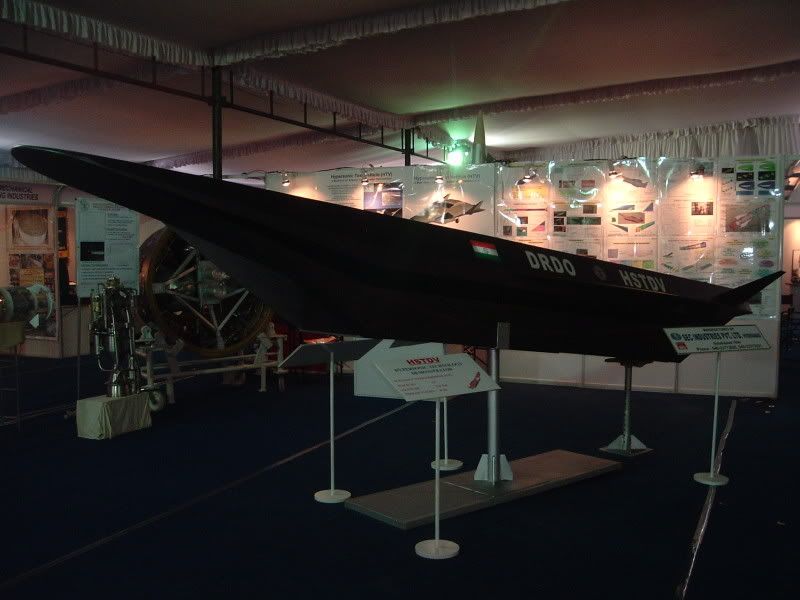
| Submit your comments on this article |
| Science & Technology |
| India plans first reusable spacecraft flight by 2010 |
| 2007-08-15 |
| 2010 is going to be a big year for manned spaceflight. Bigelow Aerospace is planning the first private space habitat, and India is planning the first launch of their reusable spacecraft by 2010. India has been testing a space capsule that was recovered, laying the groundwork for manned missions. The space agency also says it plans a Mars mission "as early as 2012." Certainly bold. And India is moving the time table up. Their last mission prediction for an Indian astronaut was by 2014, and the idea was only first broached in 2006, as India seemed to regard unmanned missions as having the same benefits until late in the year. [For a rough overview of the story so far, Jeff Foust, as usual, has a great summary article here] India has the coolest little space program you never heard of. |
| Posted by:Mike |
| #8 That HTV looks like George Jetson's car... |
| Posted by: tu3031 2007-08-15 18:52 |
| #7 Cool beans. Gotta keep those Chicom knickers in a twist. |
| Posted by: xbalanke 2007-08-15 18:05 |
#6  |
| Posted by: john frum 2007-08-15 12:28 |
#5 Collaboration with Israel too... |
| Posted by: john frum 2007-08-15 12:28 |
#4 The DRDOis also working on a Scramjet vehicle (for military uses) |
| Posted by: john frum 2007-08-15 12:22 |
#3 ISRO's proposed test vehicle |
| Posted by: john frum 2007-08-15 12:20 |
| #2 The Indian Space Research Organisation (ISRO)has given details of ongoing work for its 2009 reusable launch vehicle demonstrator suborbital flight. Launched on a 11.5m (38.3ft)-tall solid rocket booster and using 9,000kg (4,090lb) of propellant, the X-37-like 1,400kg vehicle is 6.5m long with a 3.6m wingspan. Flight apogee will be 67km (42 miles) and it has a downrange of 650km. The vehicle will splash down in the Indian Ocean. To model the mission, ISRO has developed six degrees of freedom simulation software to encompass all the environmental conditions and flight dynamics. A scale model of the test vehicle's nosecone, with nine air ports for sensors to aid flight control, will be built for windtunnel tests. The solid rocket booster is an existing design modified for this task. "The grain has to be modified to reduce the maximum dynamic pressure," says ISRO Vikram Sarabhai Space Centre's Ramesh Narayanan, speaking at the second European Conference for Aerospace Sciences in Brussels. The booster will use its four control fins' adjustable tips to regulate ascent. The test vehicle will use a reaction control system to modify its attitude to descend initially at a 35° to 45° angle of attack. During flight, the vehicle will experience its greatest thermal load - 40W/cm2 (101.6W/in2) - 100s after launch. For flight control within the atmosphere during descent, the vehicle has a body flap at the rear, a rudder on each of its two tail fins, and outer and inner ailerons. The rudders and ailerons both have a maximum deflection of +/-30°. The rudders will be used as speed brakes. |
| Posted by: john frum 2007-08-15 12:15 |
| #1 No ISRO program has ever launched on schedule.. it will probably be 2012 or so before the HSTV is launched. This will be a small unmanned, winged vehicle with a Scramjet engine |
| Posted by: john frum 2007-08-15 12:13 |